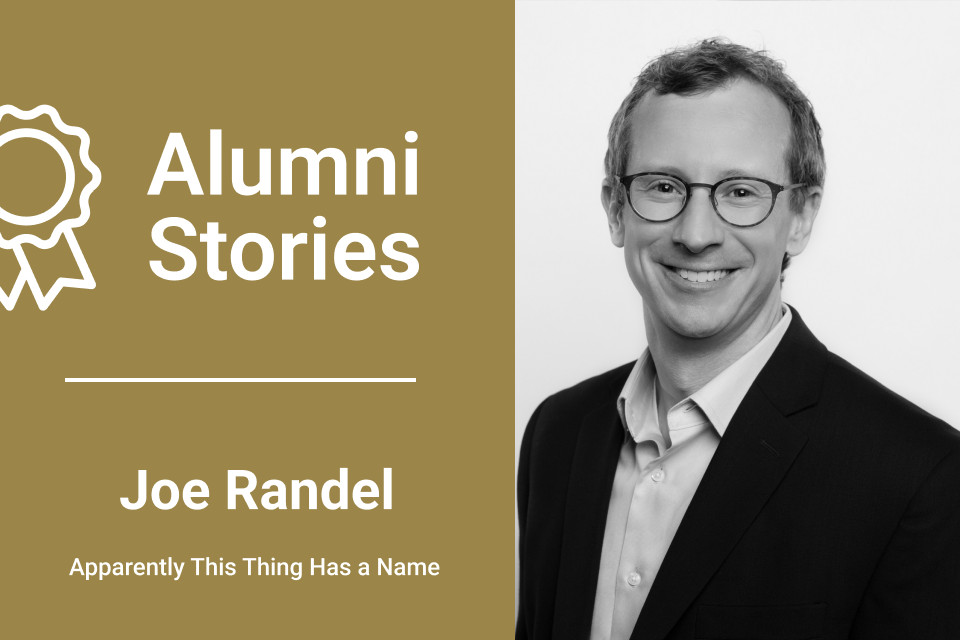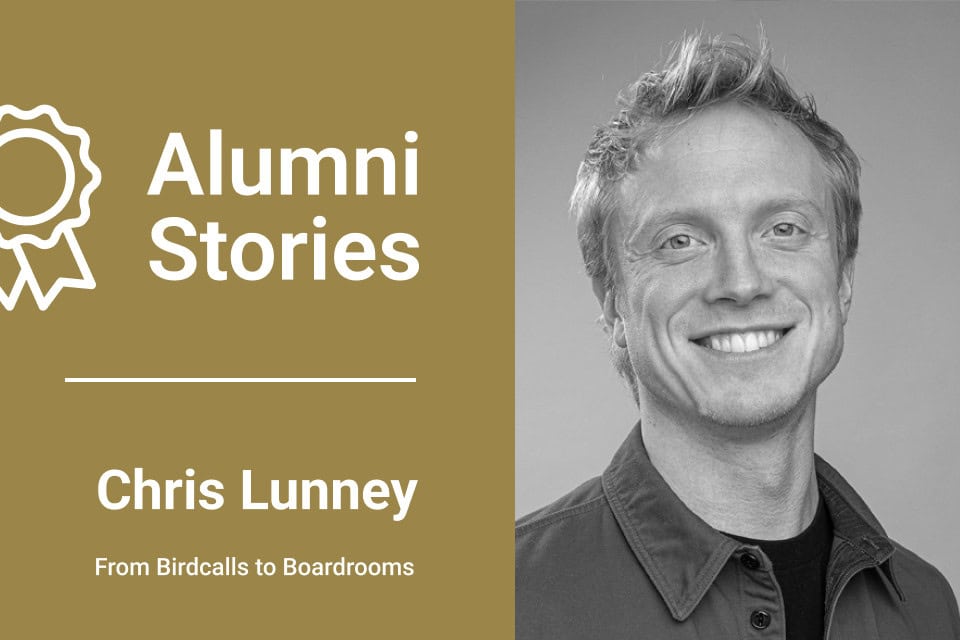A journey through facilitation, culture, and connection
Looking back now, I realize I was first introduced to facilitation before I even knew what to call it. It was 2004, and I had just started my corporate career in Sharjah, one of the Emirates in the UAE. Though my degree was in Mass Communications, I found myself working in the HR department, charged with setting up internal communications. It was a fascinating leap, and one that would unknowingly chart the course for the next two decades of my life. I was green, enthusiastic, and hungry to prove myself. But nothing could have prepared me for how deeply one particular experience would shape the way I view communication, collaboration, and ultimately, myself.
That’s when I met Mr. Hariharan—my mentor, boss, and one of the most formative figures in my career. He brought me into a project that, at the time, just seemed like a leadership training program. But something in that five-day workshop shifted the way I saw things. The facilitator, a gentleman from South Africa, held space in a way that changed the room. On Day One, the participants were difficult, set in their ways, unwilling to change. By Day Two, the energy shifted. People leaned in. They became open. They got curious. It was like magic. I didn’t understand what had happened, but I knew I had witnessed something powerful.
I didn’t know what was happening then—I was just 24—but the transformation was unmistakable. That experience planted a seed in me. I couldn’t name it at the time, but it stirred something profound. It was more than teaching. It was something relational, connective. Looking back, I think my curiosity was amplified by my cross-cultural background. I was used to listening for what wasn’t said, navigating nuances, and observing how power and connection played out differently depending on context. Years later, when I would find myself in similar rooms, I’d think back to that moment: that shift in energy, that movement toward openness. to do that too?”

In many ways, Hariharan was the first person to show me how to create meaningful conversations. He modeled what it meant to lead without controlling. To ask instead of tell. To nudge rather than push. And he did it with such humanity that it left a permanent imprint on me. Even now, I carry many of his lessons forward, both professionally and personally. His style was warm but clear, direct yet inviting. He created a space where transformation could unfold without forcing it.
There were other moments too, scattered across my career. Another one came while working in Abu Dhabi, when I witnessed—by contrast—what not to do. A director flew in to investigate a staff issue and handled it with such a lack of empathy and neutrality that it shut people down. That experience helped me understand the importance of psychological safety long before I had words for it. Ironically, another director on that same project maintained an open-door policy that I now recognize as a form of everyday facilitation—an invitation for open dialogue. That contrast taught me a lot about how facilitation shows up in leadership, in the micro-moments we often overlook.
Later, becoming a mother deepened my introspection. I took four years off to stay home with my daughter, and that pause sparked a new kind of growth. I wasn’t sure what came next, so I trained as a coach—not to become one professionally at first, but to equip myself with tools. That led me to start an online magazine, Slick Chick, where I interviewed everyday women transforming adversity into change. It wasn’t until much later that I realized those conversations were a kind of facilitation, too. I was creating space for others to reflect, to share vulnerably, and to find meaning in their stories.
Facilitating across generations—and across cultures within my own home—also helped me understand the role of identity in how we show up and share. Culture wasn’t just a backdrop; it was a key part of how we made meaning together.
It was around that time that I also began to understand facilitation as not just a skill, but a way of being. I started noticing how I hosted conversations, how I mediated conflict in my personal life, and how I designed experiences for others. It all pointed toward the same impulse: to create connection and clarity.
Finding My Way Back Through Stories
When I look back on that season of interviewing women for Slick Chick, I see now that I was cultivating the same muscles facilitators use: holding space, listening deeply, letting the narrative unfold on its own terms. I wasn’t designing workshops back then, but I was definitely designing spaces for reflection and insight. And most importantly, I was allowing people to discover their own answers, something I now know is central to great facilitation.
Around the same time, I interviewed Reshma, who would later become my peer and my prompt for joining the Voltage Control community. Her story, like many others, was about resilience—but there was something in our dialogue that stayed with me. We stayed in touch loosely over the years. Our paths kept crossing—in Nairobi, while camping, over dog walks and shared fires. And each time, there was a moment of recognition, of resonance. I was drawn not only to her work, but to the way she carried herself with groundedness and intention.
It wasn’t until August 2024, sitting around a campfire in Kenya, that I finally asked her: “Should I do this? Would facilitation certification be worth it for me?” Her answer was grounded and generous. She explained what it had unlocked for her, how it had sharpened her thinking, broadened her tools, and expanded her network. I left that conversation curious. The kind of curious that wakes you up at 3 AM in Dubai to join a discovery call. That call, hosted by Kat and Skye, sealed it. Something in the way they facilitated the session confirmed what I had suspected: this wasn’t just another training. It was a community, a mindset, a way of being. I signed up shortly after.
The memory of that call still lingers. The calm energy, the intentional design, the shared excitement in the room—it was all a preview of what was to come. And I knew, without a doubt, that I was ready to say yes.
Over the Campfire, a Commitment
Deciding to join Voltage Control wasn’t about a career pivot. I already had my own firm. I was already training and designing learning experiences. What I was looking for was something deeper: coherence, connection, a more intentional way to make the impact I knew was possible. I wanted the kind of structure that would not only introduce me to new tools but also help me situate what I already knew in a broader context.
There’s so much out there—Miro, MURAL, Jamboard—and I often felt overwhelmed trying to piece it all together. I wanted a place to go where I could ground myself in best practices, get honest feedback, and explore new ways of thinking. I didn’t realize at the time how validating it would feel to finally say, “Yes, I am a facilitator.” I had been doing it for years, but until then, I didn’t own it.
What the certification offered me wasn’t just new knowledge—it was a mirror. It reflected back all the moments in my career when I had been facilitating without realizing it. It helped me connect the dots between instinct and intention, between action and language.
Designed for Discovery
The certification experience was like being dropped into a well-designed ecosystem. Everything—from the pairings to the electives—was crafted with intentionality. I loved how we weren’t just paired once and left to it; we were encouraged to cross-connect, to reach out, to explore beyond our assigned groups. I’m naturally curious, so this was a dream for me. Maybe it’s the multicultural in me—the part that’s always been fascinated by difference, dialogue, and design—but I found the cross-pollination of ideas in the cohort deeply energizing. And the best part? Everyone else was just as curious and committed to growth.
The foundation in The Art of Gathering deeply resonated. I’ve always been someone who thinks in terms of intention, but now I have the vocabulary to articulate it professionally. I have begun using the word “purpose” more fluently in my sessions and felt more confident introducing those kinds of conversations—even in spaces where people might’ve once rolled their eyes at the word “intention.” Now, I can frame it in a way that’s both accessible and powerful.
I also found the electives incredibly useful. I completed the Workshop Design elective and have the Narratives of Future Design on my summer to-do list. Just hearing Eric walk through those frameworks made me feel seen. There was no top-down delivery. It was modeling, guiding, inviting—just as it should be. The asynchronous structure gave me space to go deep, and I often found myself rewatching sections, taking notes, and thinking about how to apply the ideas in real-time with clients.

And the cohort—what a powerful mix. People navigating NGO policy shifts, internal change, personal transformation. One of my pairings was with a pastor, Connie, and the way she wove facilitation into her spiritual work was deeply inspiring. Those conversations made me realize facilitation isn’t a title—it’s a way of showing up. It’s about asking better questions, listening for what’s unsaid, and creating space for emergence.
A Return to Play
Since completing certification, I’ve noticed two big shifts. First, I’m having way more fun. Designing workshops, talking to clients, selecting tools—it all feels like play again. I feel a bit like a kid in a sandbox, rediscovering joy through experimentation. There’s a renewed energy in how I work. Even things that used to feel routine—like onboarding or preparing a deck—now feel like opportunities to be creative.
Second, I’m much more aware of the role I play in the room. Not in a performative sense, but in the quiet way a facilitator can hold space and shape outcomes. I’ve come to appreciate that this role carries power—not the loud kind, but the kind that makes real change possible when wielded thoughtfully. I now walk into spaces more centered, more grounded in the belief that transformation doesn’t require spectacle. It requires presence.
Feedback from clients has reflected that shift. One recently described me as “free-spirited and effective.” That meant a lot, because it affirmed that my authentic self was shining through—something I hadn’t always felt permission to bring into the room. I also notice how much more confident I feel navigating difficult conversations or moments of silence. Before, I might have rushed to fill the gap. Now, I understand the power of pause.
It’s also spilled into parenting. My daughter is homeschooled, and I now find myself weaving facilitation techniques into how I guide her learning. It’s subtle, but impactful. It’s making me a better mom. We reflect more. We ask questions instead of jumping to answers. She’s even started using the word “process” when talking about how she learns, which makes me smile.
Building the Table
As someone shaped by many cultures, I know that diverse rooms create deeper conversations. I want to help build spaces where that kind of global, nuanced dialogue becomes the norm, not the exception.
The future I’m envisioning is full of collaboration. I want to continue building a pool of facilitators who can design and lead workshops with integrity and purpose. Not just in leadership or communication, but in areas like sustainability, personal growth, and social change. My dream is to host a series of gatherings where people from across disciplines can come together, learn from each other, and co-create new ways forward.
It doesn’t have to be huge. It can start with a single workshop that helps someone replace “feedback” with “feedforward.” That’s a change. That’s a win. If someone leaves the room feeling more confident, more clear, more connected—that’s impact. And those ripples matter.
I’m also committed to spreading these tools to younger generations. If my daughter can learn to hold space, to ask better questions, to lead with empathy—that’s legacy. I want her to know that power isn’t about being the loudest voice in the room. It’s about creating a room where everyone feels heard.
If you’re considering certification, here’s my advice: come with the right intention. Because if you do, this work will feel like a superpower. It has magic in it—if you let it. It won’t just change how you work. It will change how you live. It will give you new lenses, new language, and new tools—but more than that, it will give you a deeper sense of purpose.
It did for me. And it still does, every single day.


